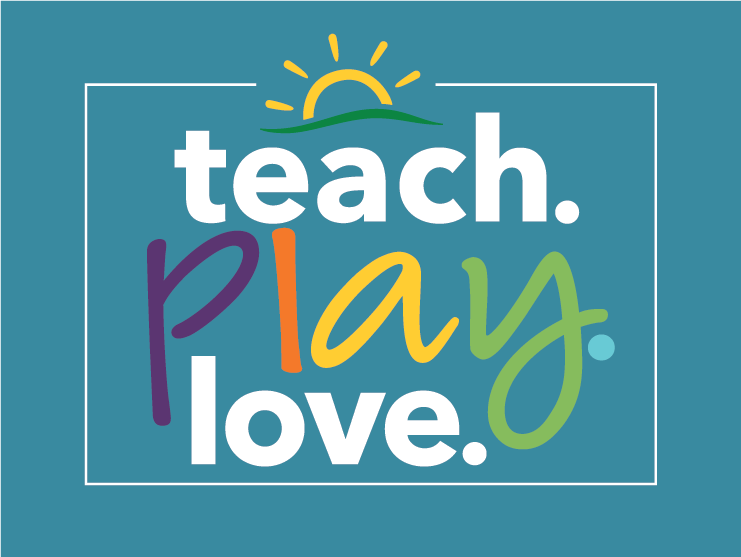Educators say that play is the work of childhood. Through play, children organize and make sense of their world. Play also helps children process tensions and fears in their lives. Play brings out children’s creativity and so much more.
Think of the importance of play in your own life. As a child, you probably engaged in active play like riding bikes, climbing trees, or jumping rope. You probably also engaged in quieter play like drawing pictures, playing board games, and constructing elaborate structures. You learned much from these experiences, including building your strength and imagination, taking turns, and following rules. Many of us can appreciate the value of play for children under five, but it might still be a stretch to appreciate play for school-agers. And yet, play continues to be important in the lives of children as they enter school and even beyond.
Why Is Play Important?
Early childhood theorists such as Lev Vygotsky, Jean Piaget, David Elkind, and Stuart Brown have discovered that play is critical for children’s healthy development. Play nurtures and builds:- Language development
- Social-emotional relationships (give and take, collaboration, turn taking, and considering others’ perspectives)
- Resilience
- Creative and critical thinking
- Emotional and physical health
Supporting School-Age Children’s Play
So how do we encourage play for school-age children?
Make sure children are not over-scheduled. Leave time for open-ended, unstructured play.
Engage in play with your child when you can. Be willing to participate in pretend play; dress up, act silly, and be creative.
Follow your child’s lead. Take direction from your child and strive to follow what they want to do, not necessarily what you want to do.
Respect when children want to play on their own. Sometimes children at play want to be on their own and sometimes they want to play with others. Both have benefits.
Provide “loose parts.” Loose parts are common household items, natural materials, building supplies, etc. They’re great because they’re inexpensive, easily accessible, and can be used in play in a variety of ways.
Here are just a few examples of loose parts:
- A basket of small smooth pebbles of different colors
- A small container of fabric scraps of different colors and textures
- Small blocks, spools, or balls collected in a basket
- A collection of shells, corks, wood pieces, or nuts in the shell





